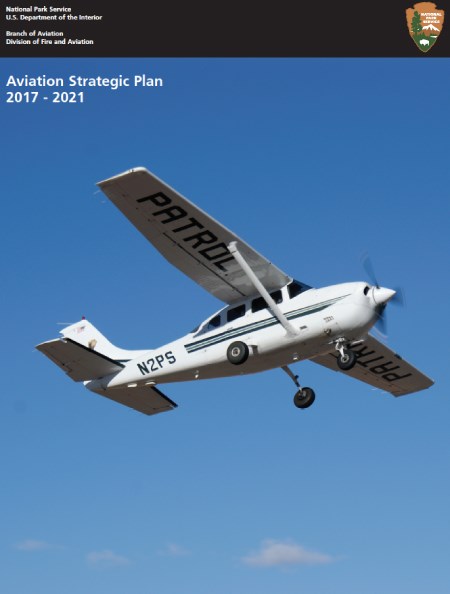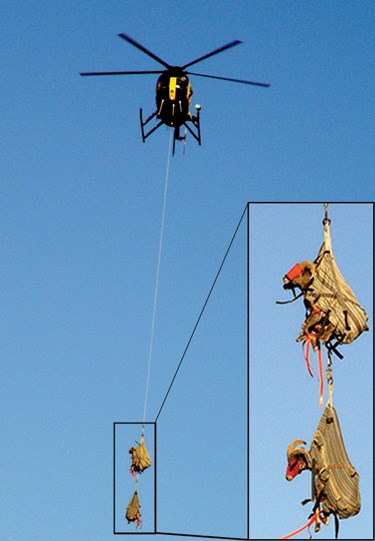
NPS Photo
In this section you will find how planning helps NPS aviation achieve its overall mission. From the guidance and planning needs to complete daily operational missions, to the long-term, strategic planning that will help guide the division into the future.
Quicklinks:

Strategic Planning
The Aviation Strategic Plan conveys the vision and direction of the NPS aviation management program for the next five years. The plan was developed by aviation subject matter experts in collaboration with stakeholders and other field personnel. The plan identifies priorities, strategies, and emphasis areas that will ensure a continued safe, efficient, effective, and supportive aviation program. It will serve as a communication tool and framework for managers and users to work together toward common goals affecting the NPS.
Download and view the NPS Aviation Strategic Plan:
NPS Aviation Strategic Plan: 2017-2021 (PDF - 6.2 MB)
Guiding Program Philosophy
To ensure safe and efficient aviation operations across the National Park Service, the NPS Aviation Branch has created the following NOTAM* for aviation users to become familiar with the guiding philosophy of the national program:
- Never stop striving to achieve the highest standards of aviation safety and professionalism for NPS employees and cooperators engaged in aviation activities.
- Offer accurate and consistent leadership, establish policies that foster a positive culture assuring aviation safety and provide direction for the aviation program to increase the effectiveness of operations servicewide.
- Training will promote aviation safety while being relevant and readily available to meet policy requirements and field operation needs.
- Assurance of aviation policy implementation and accountability are essential to the success of the aviation program.
- Manage aviation risks effectively so that they are mitigated and minimized to the greatest extent possible
*The FAA’s information portal for disseminating information to pilots and aviation users is through a Notice to Airmen (NOTAM) system.
Aviation Plans and the Mission Planning Process
Any flight that takes place under National Park Service operational control has an aviation plan. Commonly occuring flights that take place in a park are addressed by the park’s Aviation Management Plan. Some flights are covered by an individual Project Aviation Safety Plan (PASP). Some special-use operations, such as an aerial ignition project, have standardized PASPs, pre-use checklists, go/no-go checklists, etc. that are found in the Interagency Aerial Ignition Guide.
Mission planning is required for all flights as identified in Departmental and NPS policy. The park aviation manager, fleet pilot, dispatcher, project manager or flight manager may be responsible for compiling the information needed, however the planning process is generally a cooperative effort between all parties involved in the flight.

NPS Photo
Helicopter Short-haul Operations Plan
The National Park Service Helicopter Short-haul Operations Plan standardizes policy across NPS short-haul programs to mitigate risk and keep NPS employees safe during short-haul operations. The standards, procedures, and direction outlined enhance efficiency and are executed under Operational Leadership principles. Personnel safety is paramount in all aviation operations, and adherence to the plan is mandatory for all short-haul personnel.
NPS Helicopter Short-haul Operations Plan (PDF - 1.9MB)
ACETA Operations Plan
The National Park Service ACETA (aerial capture, eradication and tagging of animals) Operations Plan (plan) has been developed as an effort to build upon and update the DOI ACETA Handbook, as well as standardize NPS ACETA missions.The standards, procedures, and direction outlined in this plan enhance personnel safety and provide for more efficient ACETA operations.
NPS ACETA Operations Plan (PDF - 1.9 MB)
Last updated: June 30, 2025
